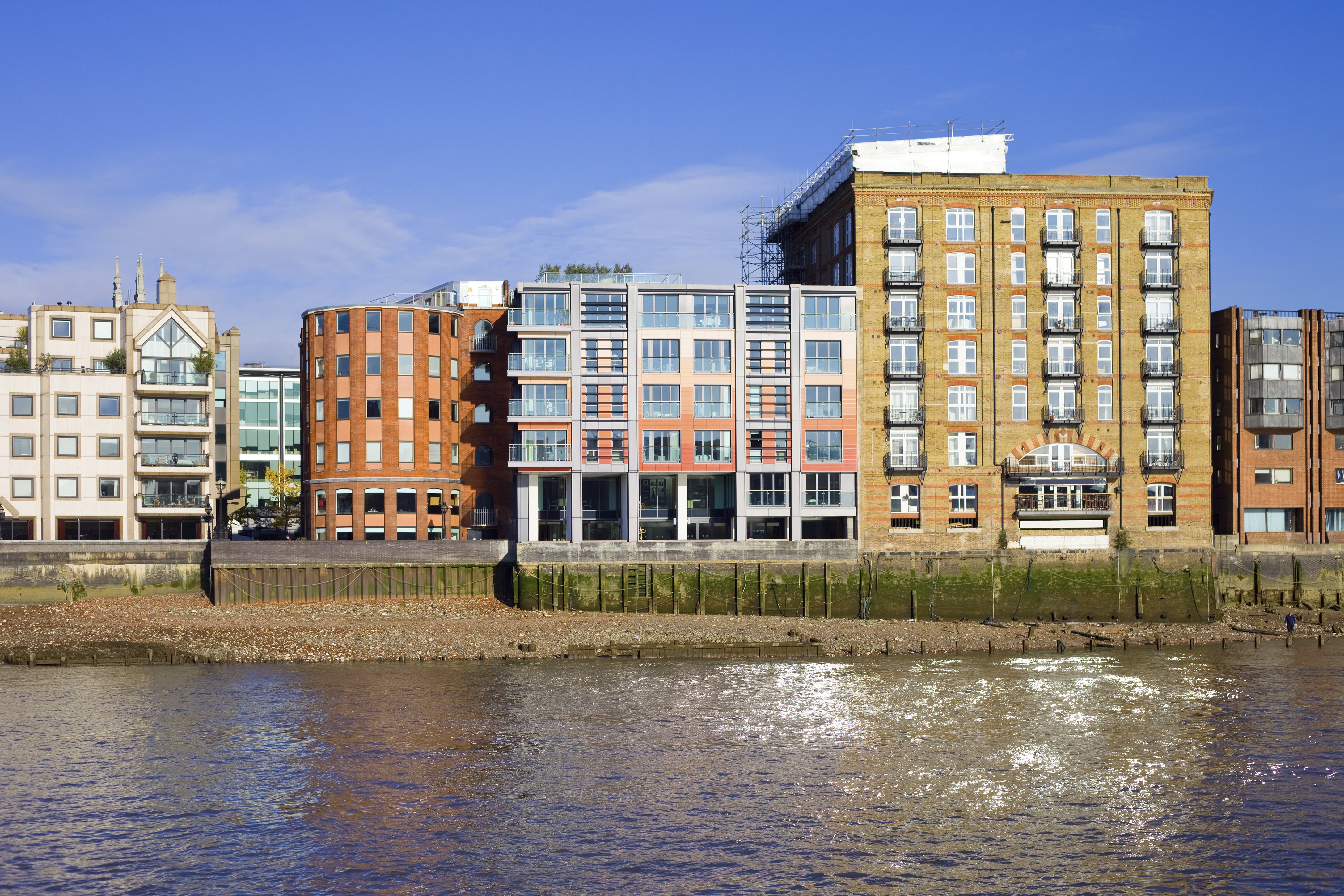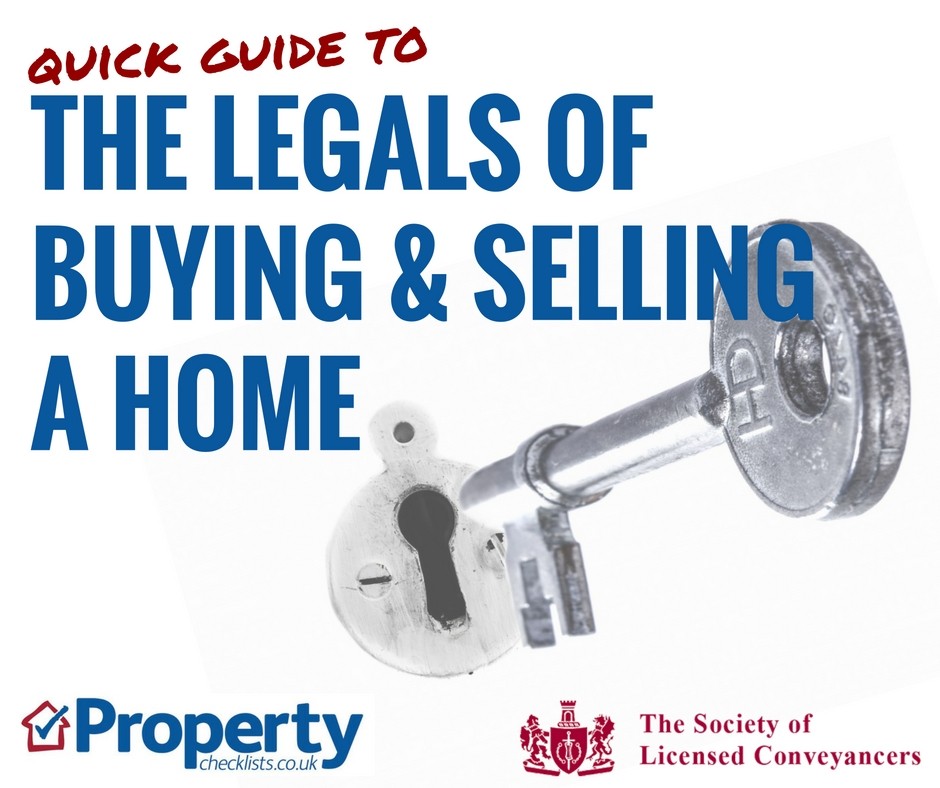
The leaseholder protections in the Building Safety Act 2022 (“the Act”) came into force on 28 June 2022, introducing new financial protections for leaseholders in buildings above 11 metres or five storeys where historical safety defects have been identified.
The Act introduced ground-breaking reforms to give residents and homeowners more rights, powers, and protections. Through new leaseholder protection measures, the Act eradicates the idea that leaseholders should be the first port of call to pay for historical safety defects, and also addresses how building safety will be managed going forward and how the costs of that will be recovered.
The Government has committed to protecting innocent leaseholders from the unfair burden of remediation costs to make their home safe, stating: “It is unfair that innocent leaseholders[...] should be landed with bills they cannot afford to fix problems they did not cause. We are clear that we want those responsible for building defective buildings – developers and construction products manufacturers – to pay the bulk of costs for remediation.”
Simply put, the Act ensures that those who developed defective buildings take responsibility for remedying them, that the industry contributes to fixing the problem, and that for the first time leaseholders are protected in law from bearing the cost of remediation works for historical safety defects.
This means developers must pay to fix buildings they had a role in developing or refurbishing, even where they no longer own the building. The protective measures apply to works required to fix a fire safety issue caused by a defect during the construction or redevelopment of the building in the past 30 years.
Freeholders are prohibited from seeking to recover the costs of cladding remediation as a service charge and there are now very few situations in which they can seek to recover the costs of remediating non-cladding related fire safety defects from leaseholders. Even in circumstances where landlords can seek to recover the costs, they will be capped.
The Act ensures that building owners who are - or are associated with - the developer must pay for the remediation of historical safety defects. These protections apply retrospectively, which means that any service charge demands for relevant works will need to be cancelled, and any payments made by leaseholders will need to be refunded. It has been made a criminal offence for building owners and – significantly – their agents, to continue to pursue relevant costs in breach of the Act.
Qualifying leaseholders are protected from all cladding system remediation costs. Those whose property is calculated as being worth less than £325,000 in Greater London (£175,000 elsewhere in England) or whose building owner has a group net worth of more than £2 million per relevant building, as of 14 February 2022, are exempt from all historical safety remediation costs.
Where a developer cannot be identified or has not yet agreed to pay for its own buildings, funding will be made directly available to pay for cladding system repairs and remediation. This will ensure that no qualifying leaseholder faces costs to remediate unsafe cladding systems on their building.
The Act ensures that any contribution required from qualifying leaseholders for non-cladding defects and interim measures (including waking watch costs) is firmly capped and spread over 10 years, with costs already paid out since 28 June 2017 counting towards the cap. If remediation costs exceed the cap, building owners must make up the difference.
If you’re a leaseholder in England, you can check whether you’ll have to pay to replace cladding or to fix other safety problems with your building using the Government’s website.
The measures potentially mean that freeholders now face a significant liability in having to fund remedial works themselves, and refund any leaseholders who have already contributed to the costs, although in practice many will already have limited their liability by obtaining government funding to assist with the cost of necessary works. Where building owners consider they are still entitled to recover costs from leaseholders, the onus is on the building owner to prove that to be the case.
However, the new laws do not protect every leaseholder from every cost for safety related matters. The law specifically confirms there are legitimate and necessary reasons for invoicing leaseholders on some building safety expenditure, which means some leaseholders will have to pay some costs (up to a cap) for non-cladding historic building safety defects.
The Act also includes a robust package of measures designed to ensure that those responsible finally put right the buildings they have contributed to making dangerous and that leaseholders are firmly protected from the unfair costs of remediation that they previously faced.
As a result of the Act, the Courts have been granted new powers to extend liability to associated companies. This ensures that civil cases for claims against defective buildings can be brought against companies associated with a developer, preventing the use of complex corporate structures to avoid liability.
In addition, the Act creates three new bodies to provide effective oversight of the new regime: the Building Safety Regulator (which will oversee the safety and performance of all buildings, as well as having a special focus on high-rise building), the National Regulator of Construction Products (will oversee a more effective construction products regulatory regime) and the New Homes Ombudsman (which will allow relevant owners of new-build homes to escalate complaints and enforce sanctions for breaching requirements).
The leaseholder protections introduced by the Building Safety Act 2022 mark a significant intervention by the Government in placing the onus firmly on building owners to pay for remedial cladding and fire safety works.
The new protections will no doubt come as a significant relief for many leaseholders, with the Government legislating in support of their previous statements that leaseholders should not have to bear the cost of remedial fire safety works.
However, the retrospective effect of these protections, the financial implications, and the details yet to be clarified by further legislation mean there is still scope for dispute, for example, over whether a particular defect requiring remedial work was caused by a defect in the construction or redevelopment of the building.
Where leaseholders have already contributed towards the cost of remedial works, building owners may be reluctant to issue a refund and willing to test the resolve of leaseholders to pursue the matter via the First-Tier Tribunal.
ALEP members can provide more advice on how leaseholders and freeholders will be affected by the introduction of the Building Safety Act 2022. You can use our website to find a qualified enfranchisement practitioner who will be able to assist you.
| Choose an expert to value your lease extension - ALEP |
How to choose a leasehold legal expert - ALEP |
Legals of buying & selling a home - The Society of Licensed Conveyancers |
 |
 |
 |